Did you know that there is a species of fish that can change its gender based on the needs of the group? Or that there is a type of sea snail that changes its gender when males touch each other?
Top 6 Animals with Flexible Gender
1. Clownfish
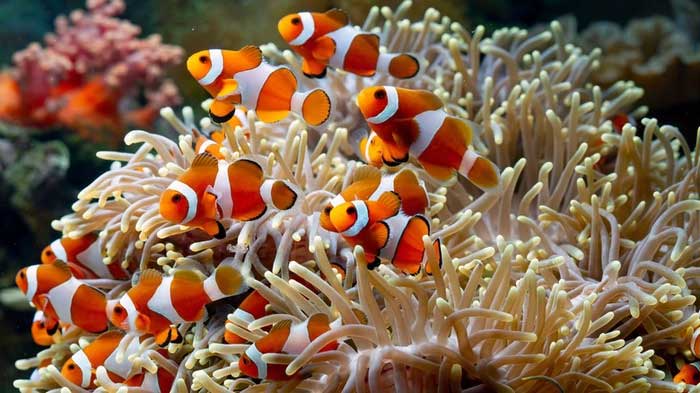
Clownfish do not change gender at a specific point in their lives.
Clownfish are a type of sequential hermaphrodite, meaning they can change gender at some point in their lives. However, there is something truly special about clownfish. They do not change gender at a specific time; instead, they change their gender based on social dynamics within their group.
According to the Beckman Institute, in each clownfish family, the largest is a female, followed by a slightly smaller male, and several smaller, undifferentiated fish. If the female disappears from the group, the next male will become female and will grow in size over a few months to take the place of the original female. Subsequently, one of the undifferentiated fish will become male and pair with the new female.
2. Frogs
Gender change in frogs is not considered a normal phenomenon. However, this phenomenon frequently occurs in green tree frogs. According to National Geographic, pollution is one of the observed factors contributing to gender change in frogs—particularly the presence of herbicides and synthetic estrogen. However, these factors only cause male frogs to turn into females, not the other way around.
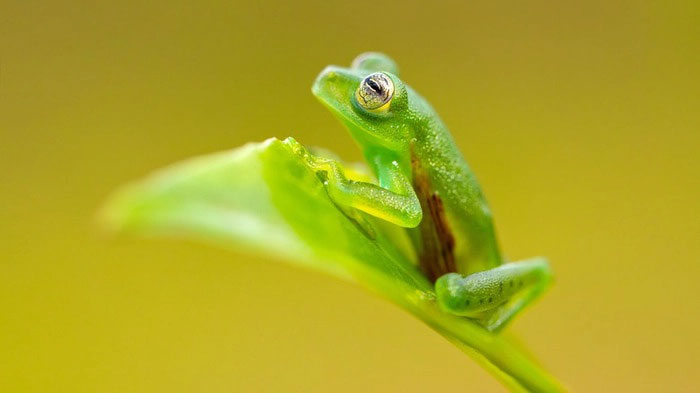
Frogs can also reverse their gender in natural environments.
Recent studies have found that frogs can also reverse their gender in natural environments. Researcher Rick Shine explains, “This is not just a story about pollution—instead, it suggests that frogs may be able to adjust their gender to fit their circumstances and habitat.” After studying green frogs in 18 different ponds, scientists observed that on average, less than 5% of frogs changed gender. However, they could not confirm a specific cause for this, and it remains unclear why one pond had over 10% of frogs changing gender.
But researcher Max Lambert points out a potential goal: Gender change (which occurs only during the early stages of frogs) may enhance genetic diversity and eliminate some harmful mutations during reproduction. Regardless of the reasons and impacts of gender change in frogs, there is still much to learn about these hermaphroditic species.
3. Snails
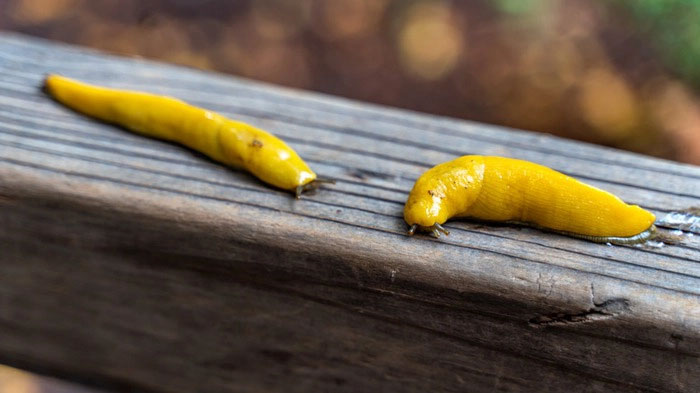
After mating, snails can also choose to reproduce as either male or female.
The Conversation explains that snails are simultaneous hermaphrodites—they possess both male and female reproductive organs and can self-fertilize. However, they still prefer to seek partners for mating, and the most likely reason for this is to ensure genetic diversity and avoid inbreeding issues.
Additionally, after mating, snails can choose to reproduce as either male or female. They can also reproduce as both, meaning they fertilize each other, and both produce eggs.
4. Bearded Dragon
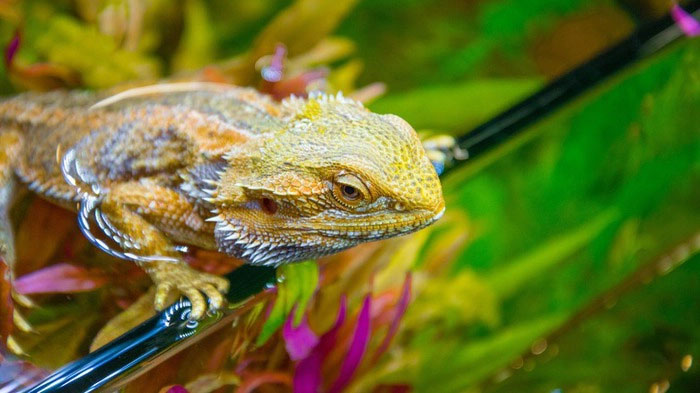
The Bearded Dragon is a unique type of reptile.
According to Forbes, the gender of mammals is determined by their sex chromosomes: XX for females and XY for males. In reptiles, external temperature often influences the gender of embryos. However, the Bearded Dragon is a special type of reptile. At normal temperatures, they develop according to the chromosome-determined system. But when it gets very hot (above 32°C), some individuals with male chromosomes will automatically change to female. If the temperature exceeds 36°C, all male individuals of this species will change to female.
According to ABC Science, females that were originally males can produce twice as many eggs as females that do not change gender.
5. Northern Cardinal

Some Northern Cardinals exhibit hermaphroditism.
Gender change in birds is much rarer than in reptiles or fish. However, according to an article in the Wilson Journal of Ornithology, some Northern Cardinals exhibit hermaphroditism—these birds are born with plumage that is half female and half male. In most cases, as shown in the image below, the right side will be female (brown-gray) and the left side will be male (bright red).
6. Ribbon Eel
According to Reef Builders, the green Ribbon Eel is very rarely seen by humans, as they spend most of their lives living in burrows on the ocean floor. However, like clownfish, Ribbon Eels are also hermaphroditic and can change from male to female throughout their lives.
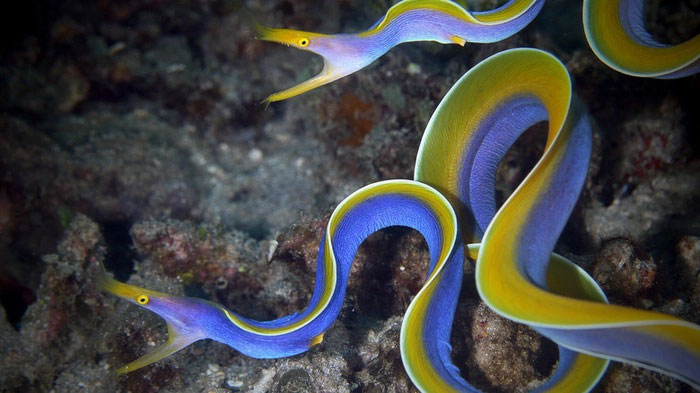
The change occurs only about 20 years into their lives.
But unlike clownfish, all Ribbon Eels undergo this change. They are born as males and all juvenile males are solid black; over time, they develop yellow dorsal fins and other colors on their bodies. When they mature, they will have blue bodies with yellow highlights.
According to Australian Geographic, males continue to grow in size as they age, but they also begin to transition into females during that time. According to Adventures of an Aquaholic, this change occurs only about 20 years into their lives, and once they become female, they can only live for an additional month—just enough time to lay eggs and ensure reproduction.


















































